Join a working session with Christoph Hess. Surprise, he works on the basics, and shows us a working session that will help us establish them.
“It is easy to explain the theory, it is more important to see the theory in practice. We will see that 99% of problems are basic problems…”
There didn’t seem to be too many basic problems for the first pair in the arena, Jason James and his five-year-old, Gnotuk Wilson, although Christoph told us this was something of an over-night transformation:
“To be honest with this pair, yesterday I thought why are they here? I can’t show anything with them, and today we see a relaxed horse, and a supple rider. The horse is active, not hurried, this is a lovely tempo, and the horse stretches and seeks the contact. Look at the body language, look at the horse’s swinging body, this is a happy horse. The rider is concentrated but relaxed, here we see a physical and mental balance.”
“I am happy to see the rider with no spurs riding in a saddle that allows you to shorten and lengthen the stirrup, and with a short whip – I love this. So often you see the rider buys a longer, better whip, and the grand parents buy bigger spurs, and it all starts to go wrong for that rider and that horse. The short whip is great, you can use it on the horse’s shoulder to say – go forward.”
story continues below the advertisement
“The first thing is to ride deep into the corner in the right tempo, with the horse supple, with a good contact. Look, when he shortens the reins, the rhythm in the walk is the same, this is harmony and balance with the horse seeking the bit.”
“In the transition to trot, you see nothing, the horse is in front of him. It is a relaxed trot, with good energy from behind. Look at the tail of the horse, it is relaxed. Now the horse puts his head a little to the outside, go on a circle and look in the direction of the circle. Look into the movement – the horse that accepts the rider’s inside leg is an obedient horse. 90% of problems come from horses not accepting the rider’s inside leg.”
“What is fascinating is that every day the horse is different. Today he is a little hotter. The trainer has to give the rider a picture of what to do – in the transitions, don’t finish the canter, start the trot, riding into the trot with driving aids.
The horse has to learn that you don’t ride the transitions with your hands, you don’t stop the trot, you start the walk… you have to have the patience to bring the basic things in the right direction.”
Jason talked about his horse: “I started him when he was three, he was a bit scary, so he went back into the paddock. He is by Weltmeyer out of a Thoroughbred mare. I started him again at four, he has had a year of semi work, and in the last three months he has started to go.”
Christoph was enthusiastic about the horse: “The combination of Thoroughbred and Warmblood is very good. Be happy you have such wonderful Thoroughbred horses. I hope you saw the attitude I wanted with this horse and rider…”
The next rider in the school was Matthew Archibald with his seven-year-old AEA Lorenzo (by Rituel).
Once again, Christoph is his usual enthusiastic self: “This is a clear walk, not a super walk, but a trainable walk. Sometimes the very big walks are difficult, difficult to maintain a clear rhythm.”
“This is a hot horse with a tendency to run. Go out on the circle and on the open side, ask for a little bit of leg yielding, show the horse with the inside leg. Many horses don’t accept the inside leg and they run away.
Ask for some leg yielding and more and more they accept the inside leg, they become a little less sensitive to the inside leg, they have more confidence in the rider’s leg, and they slow down. This is the only way I know to slow a horse down – the other way is to buy new bits, but when you do that you are going down the wrong way.”
Matthew asks for trot, and gets canter:
“Keep him in canter, keep the forward, always the driving aids. The first day I worked with this horse, he was running, now he is in the right tempo.”
And the message remains the same:
“The basic work is always the same, for a three-year-old horse or a 30-year-old horse.”
“Canter in light seat. It is important that the rider learns the light seat, the half seat and the dressage seat. The first day I worked with this horse he had a very short pony stride in the canter. The horse was stiff in the back and he needed to be ridden in a light seat.”
“Longer, longer rein – see how much bigger the canter is now. Two days ago, this horse had a mini canter.
Go outside the arena, it is important not to always ride in a 60 by 20 arena. Now transition to trot, no rein, driving aids to trot.”
Christoph is no fan of the modern dressage saddle.
“With a dressage saddle you cannot alter the stirrup length very much. Why do we want to shorten the stirrups? The more you ride in the ‘proper’ dressage position, the stiffer you will become. When you shorten the stirrups you get a better contact with the horse’s body.”
By now, Mathew had the horse happily breezing along in canter on the loosest of reins…
story continues below the advertisement
The late Paul Stecken
“Paul Stecken is a very famous trainer, he is 95 years old next week. He rang me one day because he was very happy, he had been training the young Westfalien stallions, 18 stallions, all three and four years old, and his riders were able to ride them all in canter on a loose rein. It makes me very happy to see this hot horse can be controlled in canter without the reins, this is dressage – harmony between horse and rider.”
Read more from the Stecken brothers, this time Albert:
https://www.horsemagazine.com/thm/2016/12/short-in-the-neck-should-we-get-used-to-the-look/



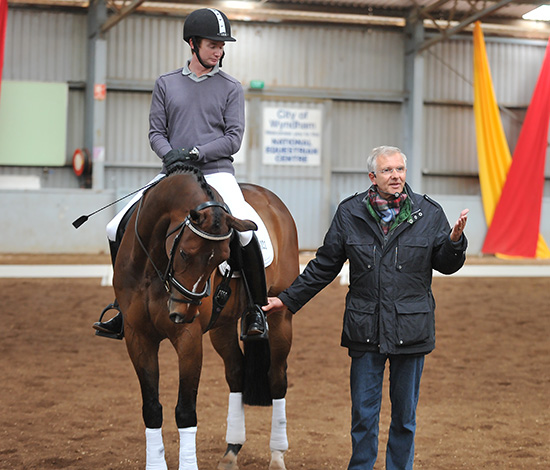
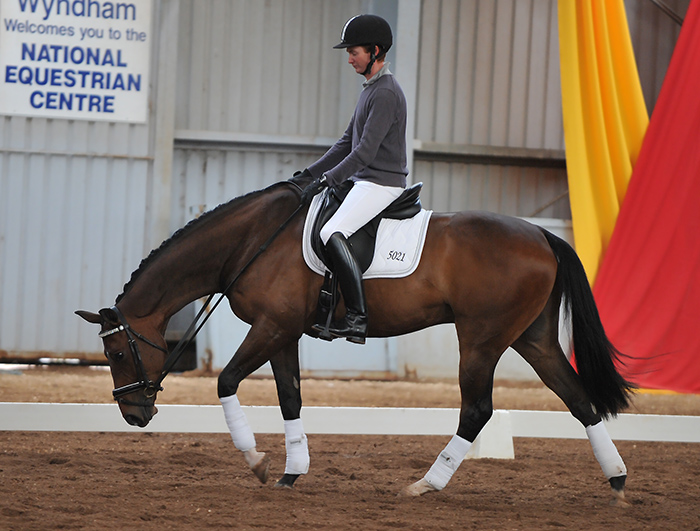
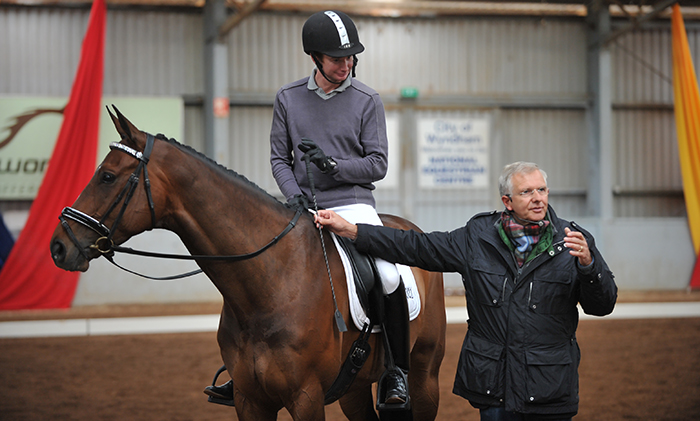
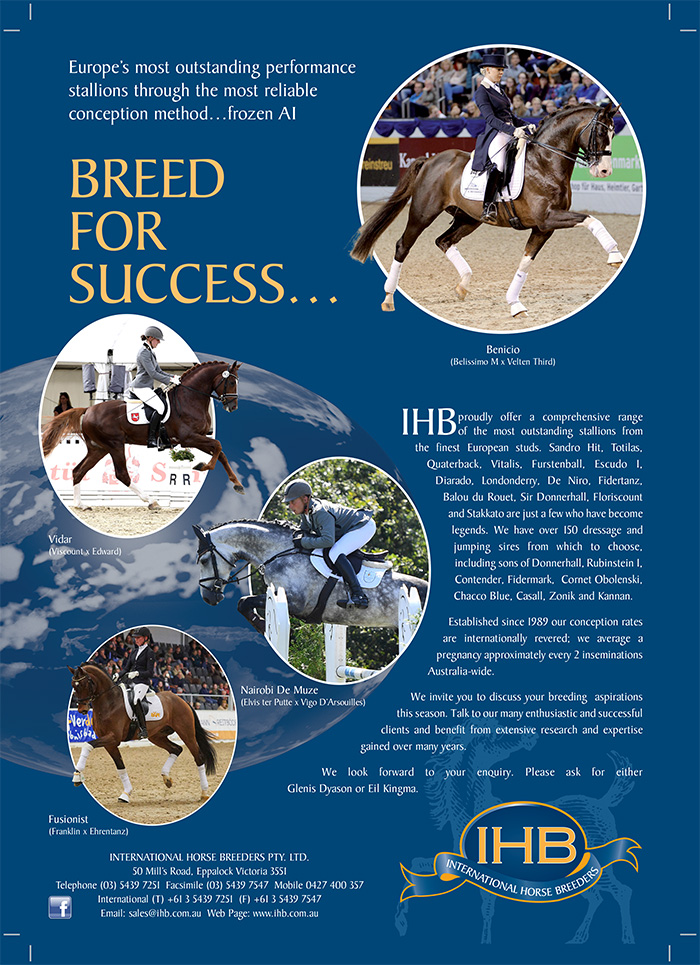
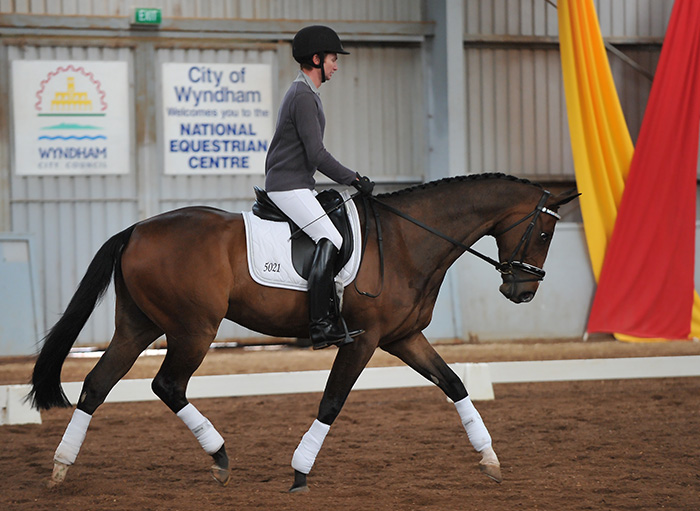
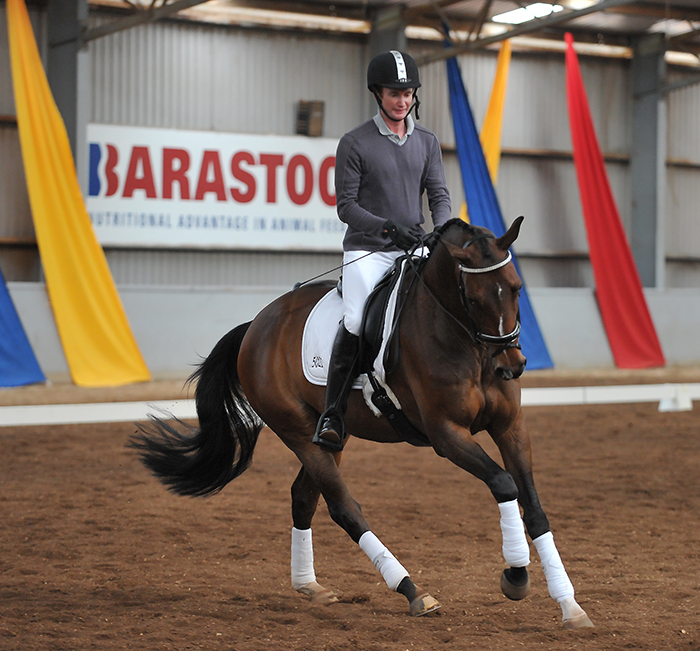
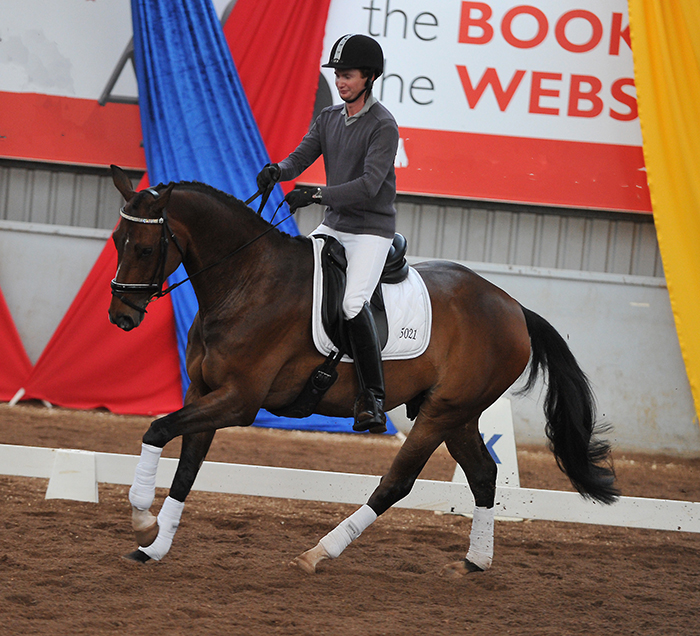
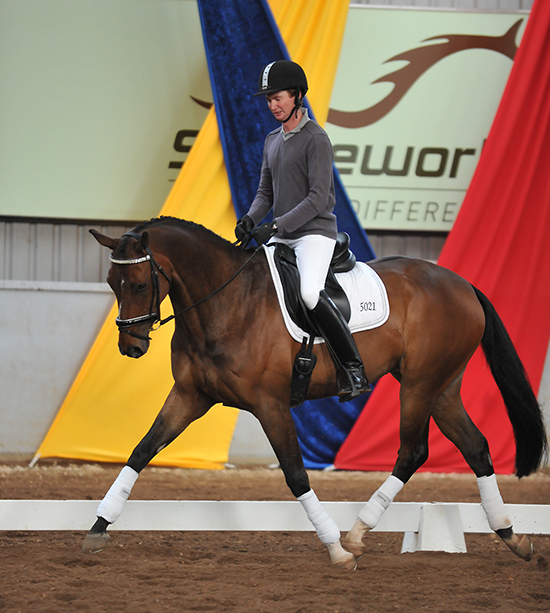
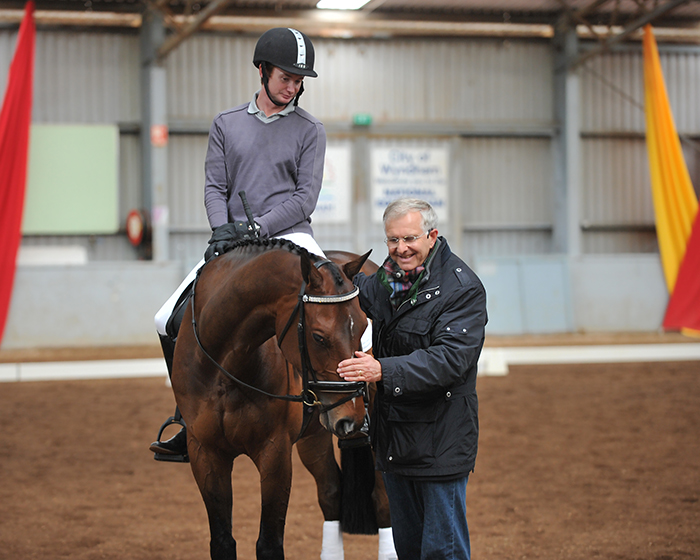
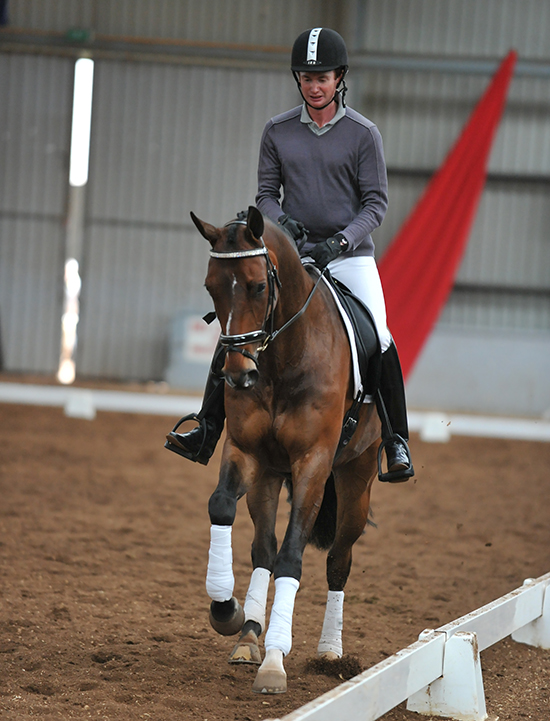
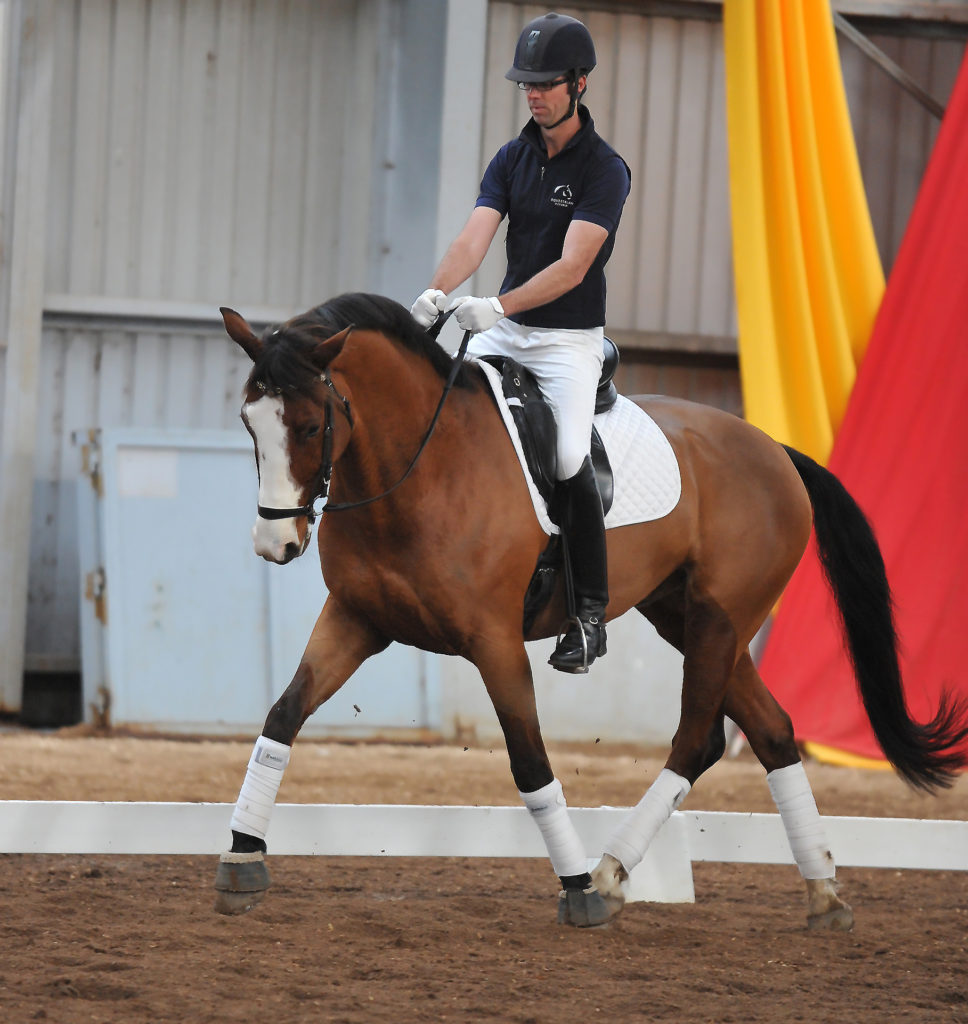
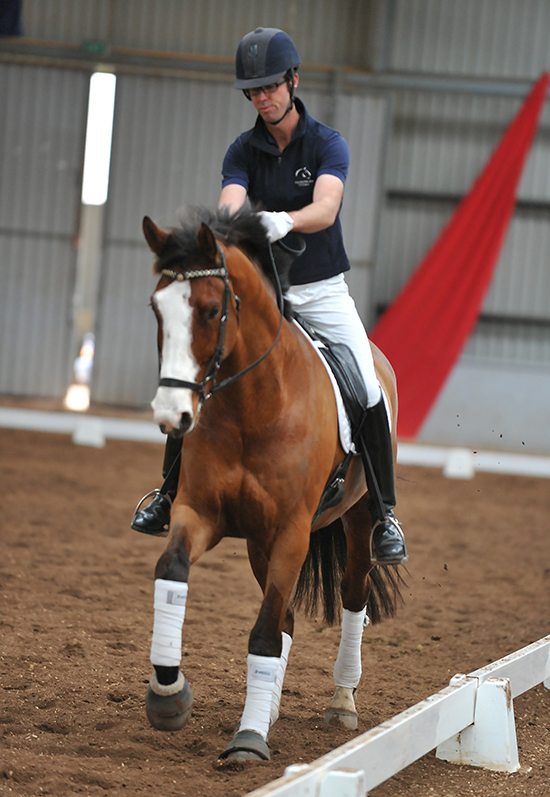
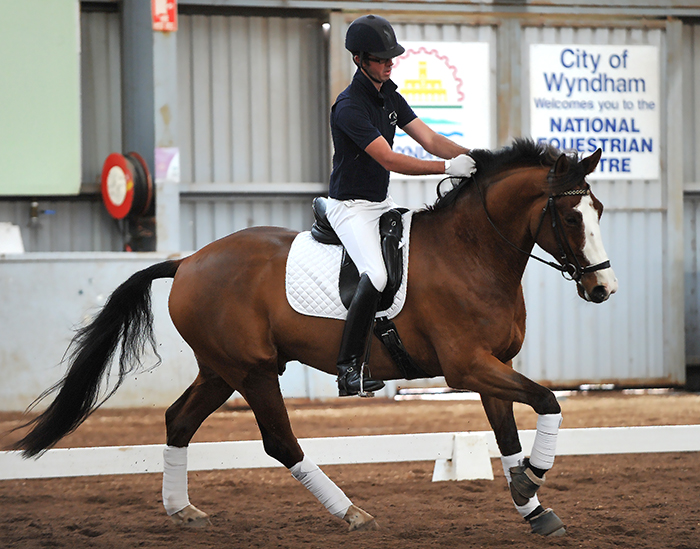
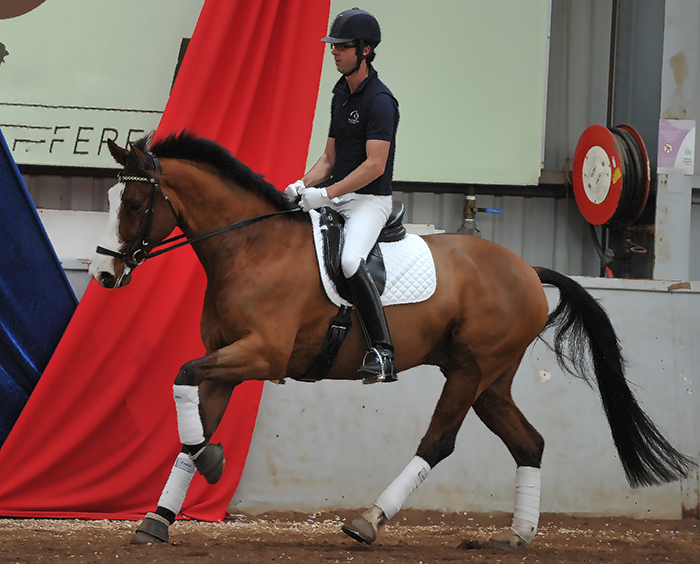
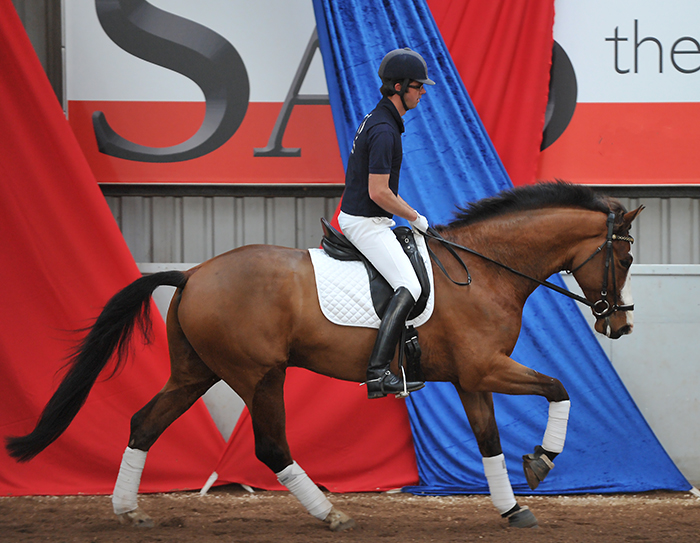
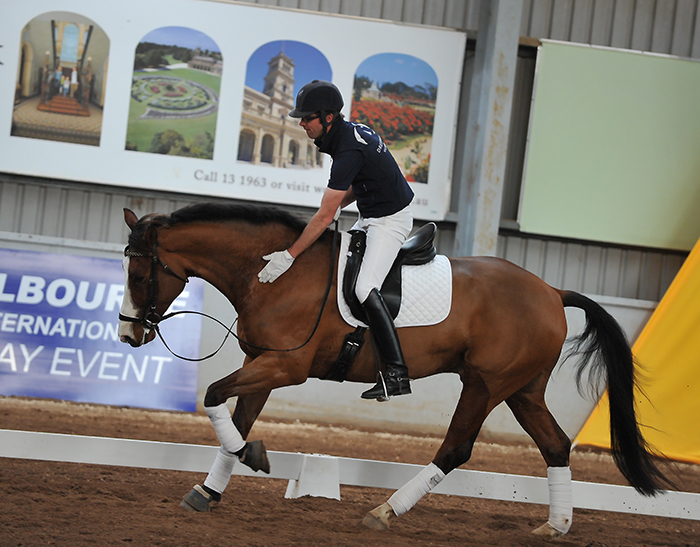
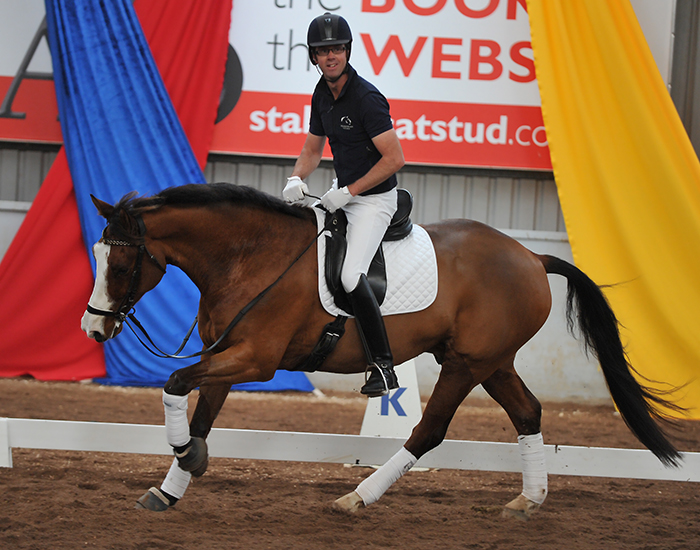
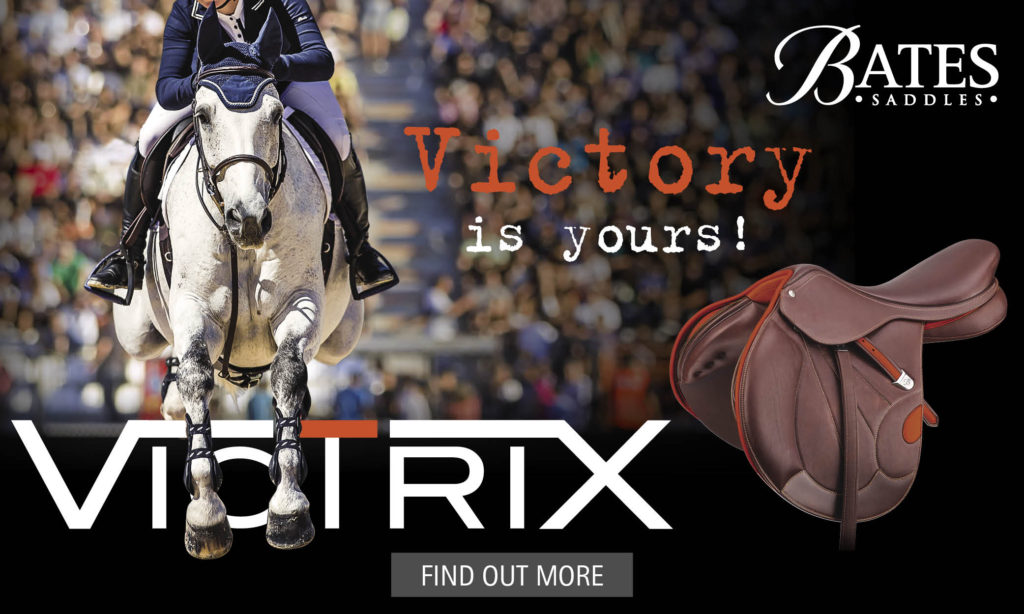
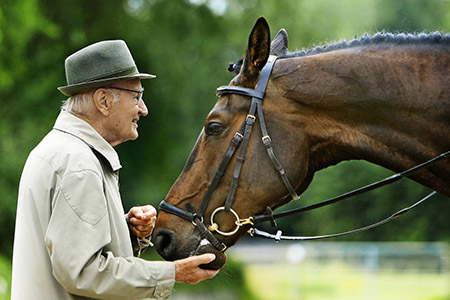
Loved the articles